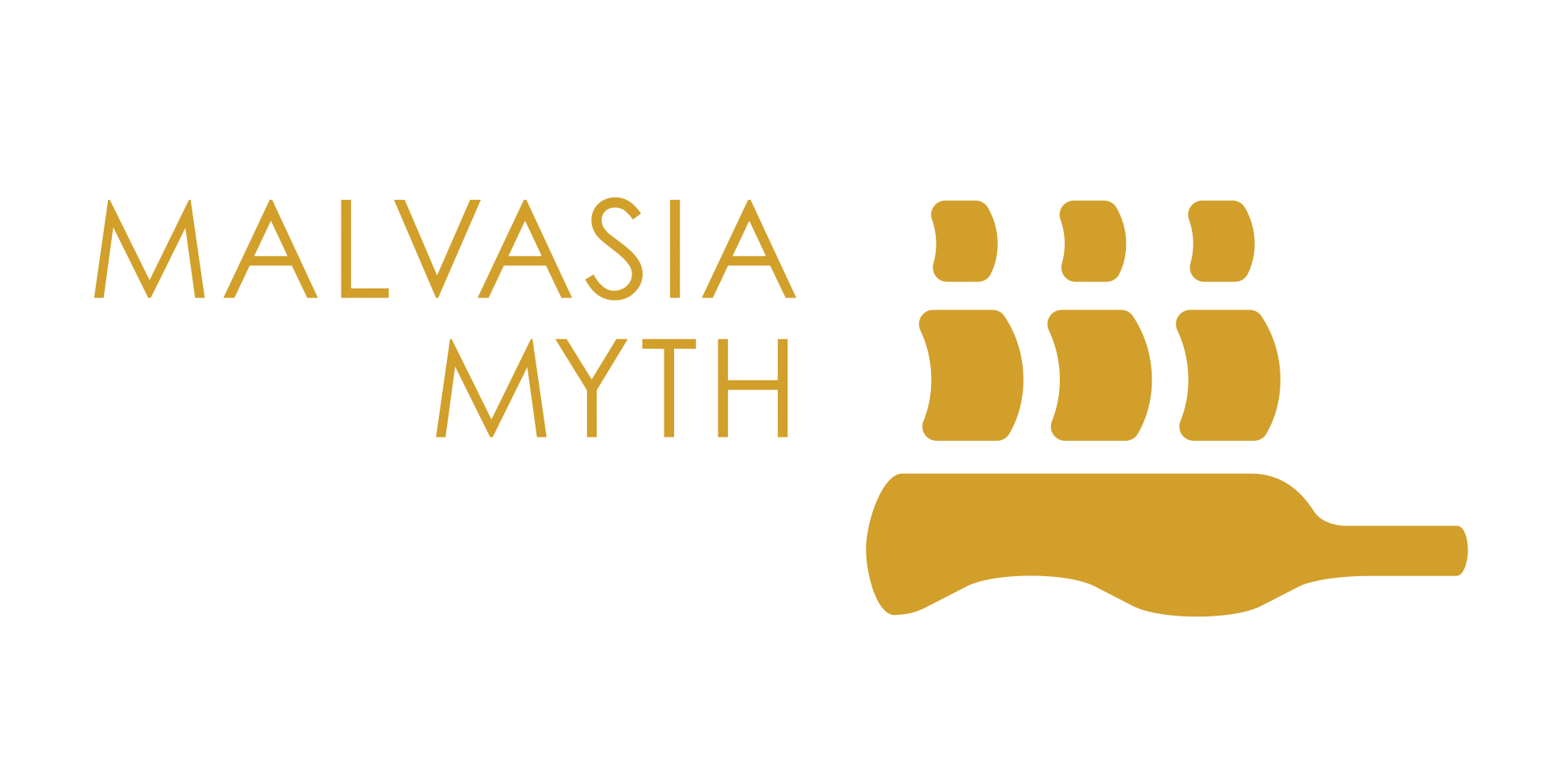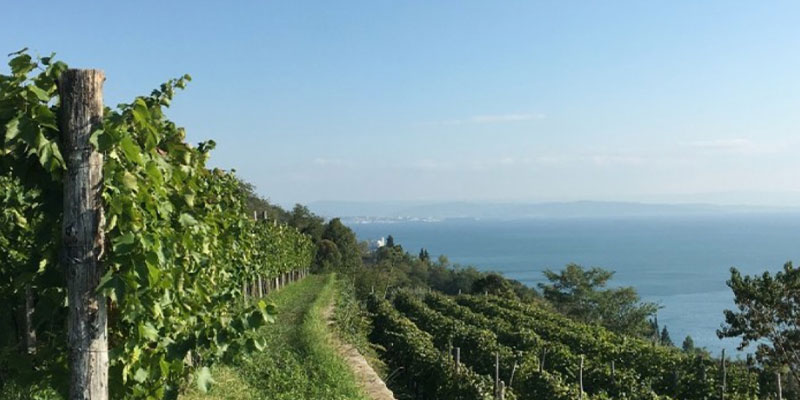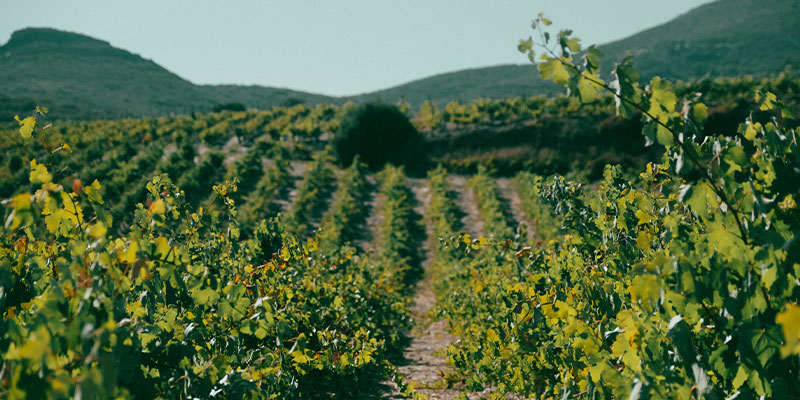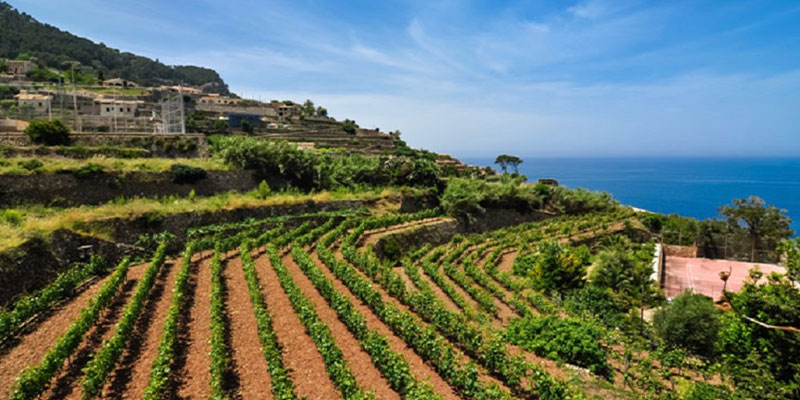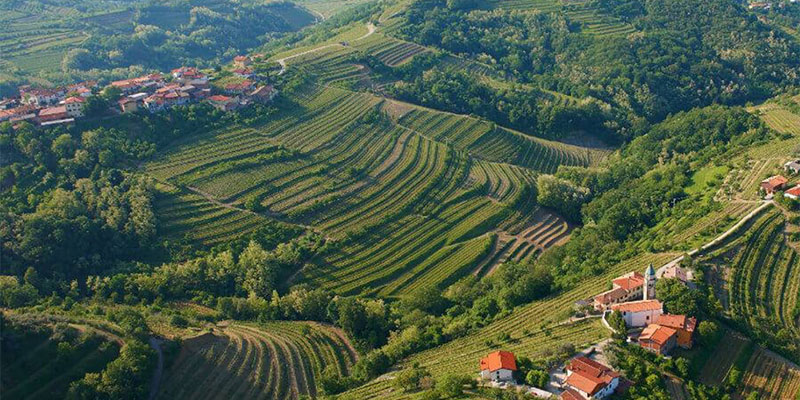
Following the process of dissolution of the Yugoslav state entity, Slovenia was the first country to become independent and to restart the winemaking industry. Its enological renaissance immediately aimed at production quality, a factor that rightfully placed it among the most quoted realities on the international scene. In the east, the Slovenian regions most densely planted with vines are Podravje and Posavje, where the climate is generally continental with Alpine and sub Pannonian influences. In Primorska, in the western regions, instead, the influence of the Mediterranean Sea is felt. This marks the terroirs of the vineyards in Goriška Brda, Vipaska Dolina, Kras and Slovenska Istra. Among the most emblematic grapes of this historic district that was also mentioned by Pliny the Elder as well suited to viticulture, the Istrian Malvasia certainly stands out which, influenced by a wide range of soils and exposures depending on where it is planted, it generously offers us its own basilar characteristic of richness of minerals that we can enjoy in every glass.
